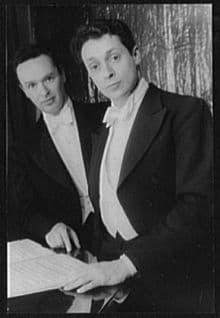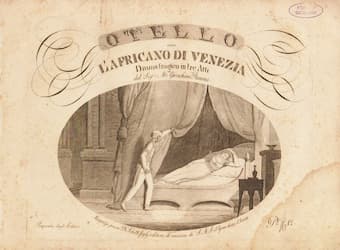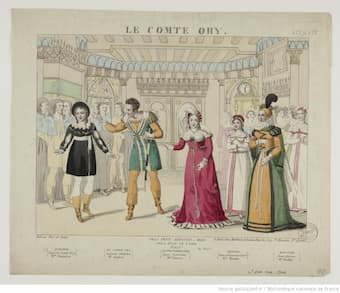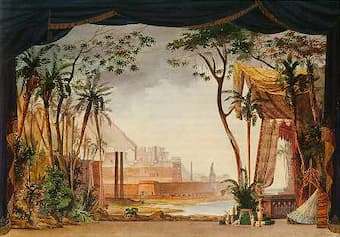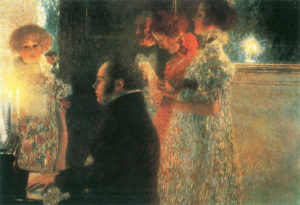
In the original 1961 West Side Story, some major characters were dubbed by professional singers, but what about in the new remake?
Natalie Wood was the actress who starred in the 1961 film production of West Side Story, however, her vocals were dubbed over by ghost-singer, Marni Nixon.
Ghost singers were common throughout the 20th century, with other prominent examples being Nixon singing again for Audrey Hepburn in My Fair Lady, Bill Lee who sang for actor Christopher Plummer in The Sound of Music, and even as late as 2006, Drew Seely sang for Zac Efron’s leading role in the first High School Musical movie (Zac went on to do his own singing for the sequels).
But what about the 2021 production of West Side Story – is everyone singing in the Spielberg remake, or do we have a spooky case of ghost singers to investigate? Let’s see...
Who’s in the cast of West Side Story 2021?
The remake of the 1961 film of the same name is Spielberg’s first musical project. The original film is itself an adaptation of the 1957 Broadway musical of the same name, which is an adaptation of Shakespeare’s Romeo and Juliet by Leonard Bernstein and the late Stephen Sondheim.
It stars well-known faces such as Ansel Elgort (Baby Driver), and Maddie Ziegler (Dance Moms) and also gives a debut to 20-year old Rachel Zegler, who was found via an open casting call in 2018 when she was just 16.
The plot follows the same storyline as the 1961 version, with script adaptations made by Tony Award winner and Lincoln screenwriter, Tony Kushner.

The singing
In the 1961 version, very little of the on-screen cast did the singing on the original soundtrack. In fact, the four main characters all had ghost singers.
Natalie Wood (Maria) was voiced by Marni Nixon, Richard Beymer (Tony) by Jimmy Bryant, Russ Tamblyn (Riff) by Tucker Smith for ‘Jet Song’, and Rita Moreno (Anita) by Betty Ward for the song ‘A Boy Like That’.
Credit was not given to voice actors at the time, and Nixon later spoke out for the rights of ghost singers, after she went to court in order to receive royalties from the sales of the soundtrack album.
According to Stephen Cole, who co-authored Nixon’s memoirs, I Could Have Sung All Night, Wood knew that Nixon had been hired to sing, however, thought she would only dub the higher notes, not the entire songs.
After Wood sang in the studio, Nixon would come in and sing the same song all over again, unbeknownst to Wood.
Cole reports that Nixon found this barbaric, as the musicians would lie to Wood, telling her she was great, when she wasn’t and they all knew they wouldn’t be using her tracks in the final cut.
Times have changed
Hiring actors who cannot sing for musical roles is now almost (*cough* Javert *cough* Russell Crowe) a thing of the past.
However, there are the occasional notable examples of films who have prioritised an actors notability over their singing abilities, such as Dwayne Johnson in Moana, or Pierce Brosnan in Mamma Mia.
We however, know this not to be the case with the title role of Maria, played by Zegler, in the new West Side Story, as she was selected from over 30,000 applicants for the role.
In order to win the coveted part she posted clips on twitter in response to the call with her singing ‘Tonight’ and ‘I Feel Pretty’.
Unlike Natalie Wood, who was an American actress with Russian heritage, Zegler is Latina, and of Colombian and Polish descent. In the musical, Maria is Puerto Rican, and Spielberg made a public promise ahead of casting, that the roles of Maria, Anita, Bernardo, Chino and the Sharks would be played by Latina and Latino actors.
Zegler’s co-star Ansel Elgort, 24, is a much more familiar face on the feature film scene, and has shown off his singing talents previously in interviews.
With a young and talented cast, West Side Story has no need to drag up the singing ghosts of the past, and we’re excited to see their talents showcased on the big screen later this year.
West Side Story will be released in cinemas on 10 December 2021.




